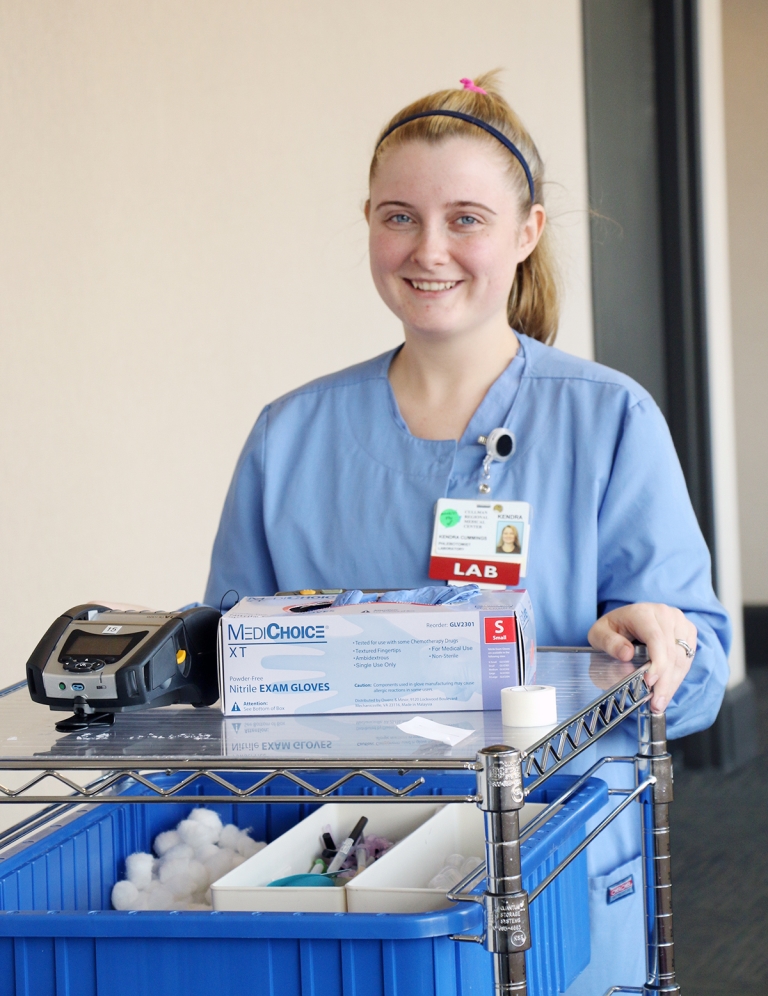Mastering Phlebotomy: Essential Techniques and Insights for a Successful Laboratory Career
Embarking on a career in phlebotomy is both challenging and rewarding. As a vital part of medical diagnostics, phlebotomists play a crucial role in collecting blood samples accurately and safely for laboratory testing. Mastering the essential techniques of phlebotomy not only ensures reliable test results but also enhances patient trust and safety. Whether you’re just starting your journey or aiming to refine your skills, this complete guide covers crucial insights, practical tips, and best practices to excel in your laboratory career.
Understanding the Role of a Phlebotomist
Phlebotomists are healthcare professionals responsible for drawing blood specimens for laboratory analysis.Thier work demands precision, good interaction skills, and thorough knowlege of anatomy and safety protocols. Success in this field hinges on mastering techniques that minimize patient discomfort and ensure sample integrity.
Key Techniques for Effective Phlebotomy
Preparation and Patient Interaction
- Verify Patient Identity: Always confirm the patient’s identity using two identifiers to prevent errors.
- Explain Procedure: Comfort and cooperation improve when patients understand what to expect.
- Gather Supplies: Ensure all equipment-needles, tubes, alcohol swabs-is sterile and ready.
Blood Collection Procedures
Steps to perform Venipuncture
- Apply tourniquet 3-4 inches above the collection site to engorge veins.
- choose appropriate vein (usually median cubital vein) based on palpation.
- Disinfect the site with alcohol swab and allow to dry thoroughly.
- insert needle at a 15-30 degree angle with smooth, controlled motion.
- Attach collection tube and allow blood flow until sufficient volume is retrieved.
- release tourniquet before removing the needle.
- Remove needle and apply pressure to the site using sterile gauze.
- secure bandage and label the sample correctly.
Handling and Processing Blood Samples
- Mix Tubes Properly: Gently invert tubes for anticoagulants to prevent clotting.
- Maintain Sample Integrity: Follow storage guidelines for temperature and handling.
- Label Precisely: Include patient details,date,and time of collection.
Common Challenges and how to Overcome Them
| Challenge | Solution |
|---|---|
| Difficult veins | Use veins in the hand, antecubital area or consider warming the site. |
| Patient Fear or Anxiety | provide reassurance, use distraction techniques, and maintain calm demeanor. |
| Blood clotting or hemolysis | Ensure proper technique, gentle handling, and avoid drawing from scarred or damaged veins. |
Benefits and Practical Tips for Aspiring phlebotomists
- Enhanced Patient Care: Skilled technique reduces discomfort and fosters trust.
- Career Advancement: Mastery opens doors to specialized roles in laboratories and hospitals.
- Ensuring Sample Accuracy: Proper collection techniques improve diagnostic reliability.
helpful Tips to Improve Your Phlebotomy Skills
- Practice on simulated arms or mannequins before working on patients.
- Keep the environment calm and private to reduce patient stress.
- Constantly update your knowledge of new techniques and safety standards.
- Use appropriate PPE to protect both yourself and the patient.
case Studies: Learning from Real-World Experiences
Case Study 1: Overcoming Difficult Veins
A patient with dehydrated veins presented a challenge. The phlebotomist used a warm compress to dilate veins and employed a butterfly needle for better control. The blood draw was successful on the first attempt, minimizing patient discomfort.
Case Study 2: Managing Patient Anxiety
During a blood draw, an anxious patient showed signs of vasovagal response. The phlebotomist calmly reassured the patient, allowed them to lie down, and ensured a speedy, gentle procedure. Post-draw, the patient was given water and time to recover, illustrating the importance of compassionate care.
First-Hand Experience: The Path to Professional Mastery
Many seasoned phlebotomists highlight continuous learning and attention to detail as keys to success. Practical experience teaches valuable lessons that can’t be learned from textbooks alone. Joining mentorship programs and seeking feedback can significantly enhance your skills.
Summary: Becoming a Master in Phlebotomy
Mastering phlebotomy involves more than technical skills; it requires compassion, attention to detail, and ongoing education. The combination of proper techniques, patient communication, and safety protocols ensures accurate results and a successful career in the medical laboratory field.
Conclusion
excelling as a phlebotomist is a journey marked by continuous learning and dedication.By honing essential techniques, understanding patient needs, and adhering to safety standards, you can establish a rewarding career in laboratory medicine. Whether you’re a beginner or a seasoned professional, embracing best practices in phlebotomy will serve you well in providing top-quality patient care and advancing your professional growth.
